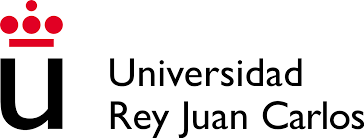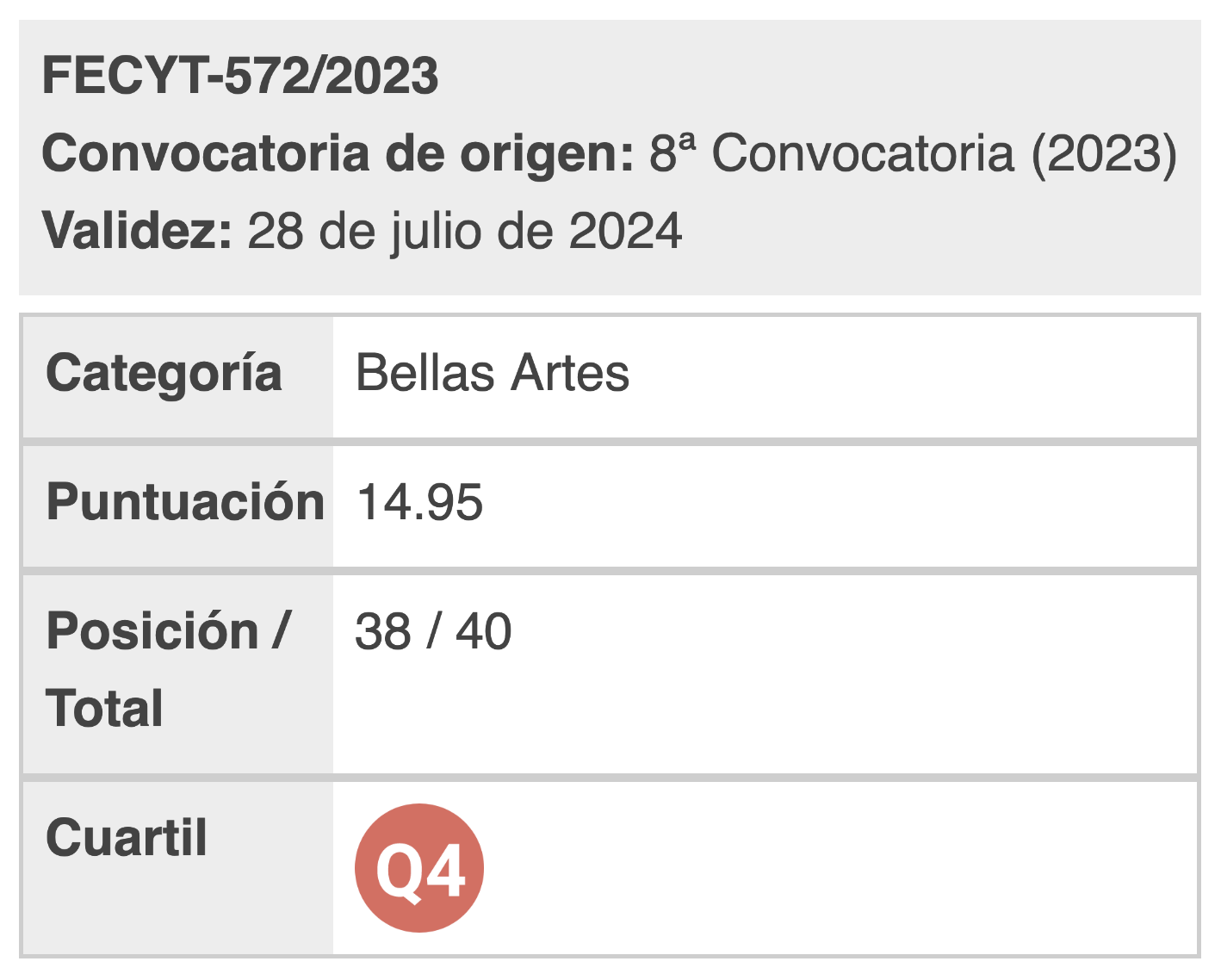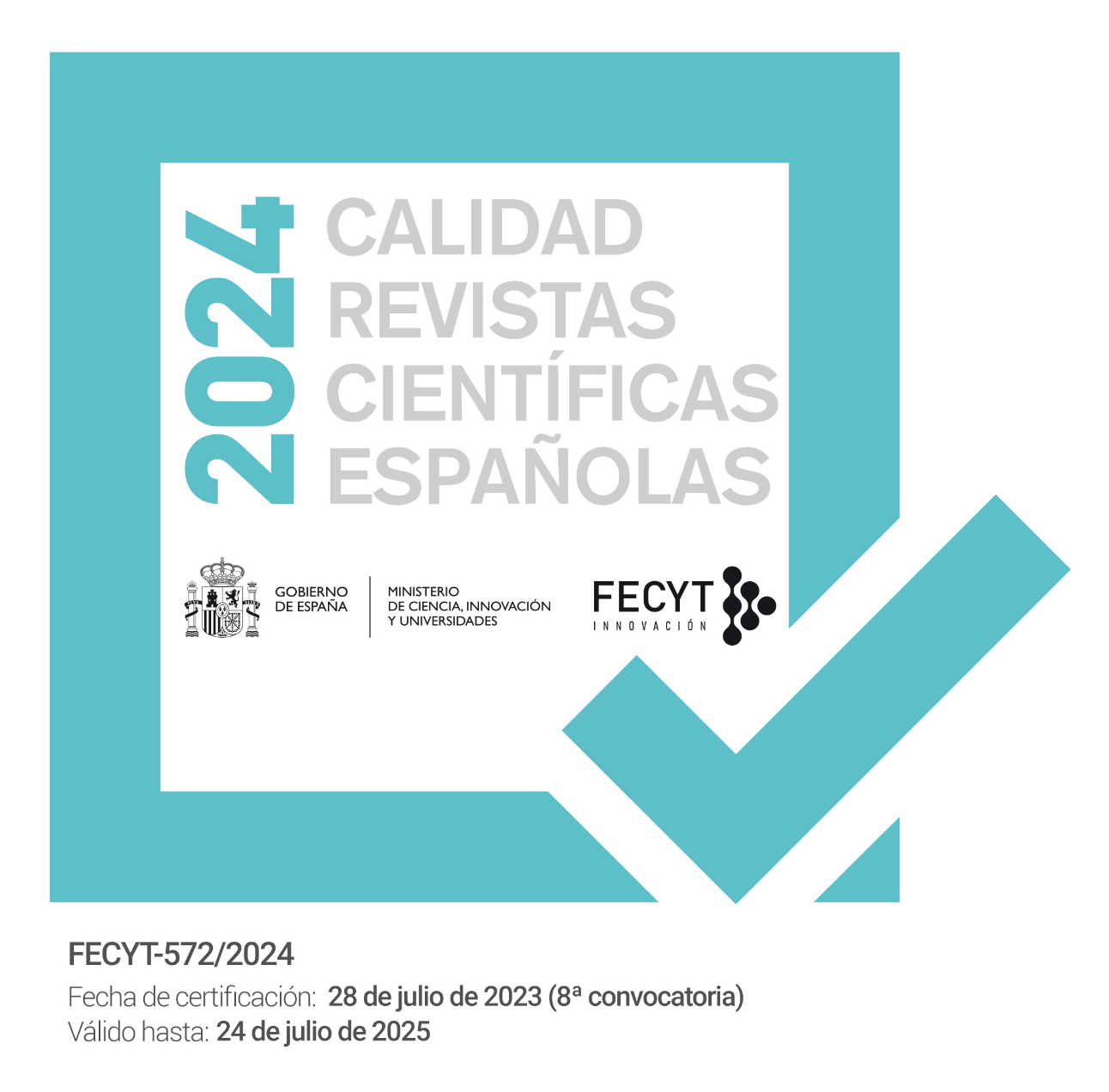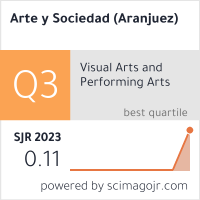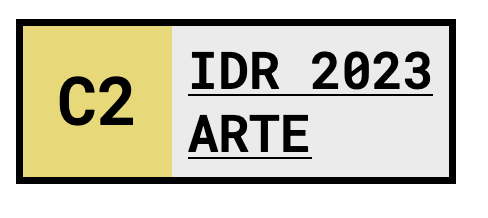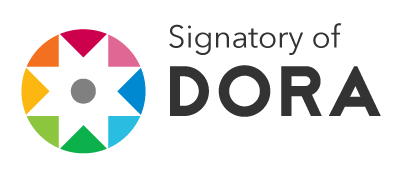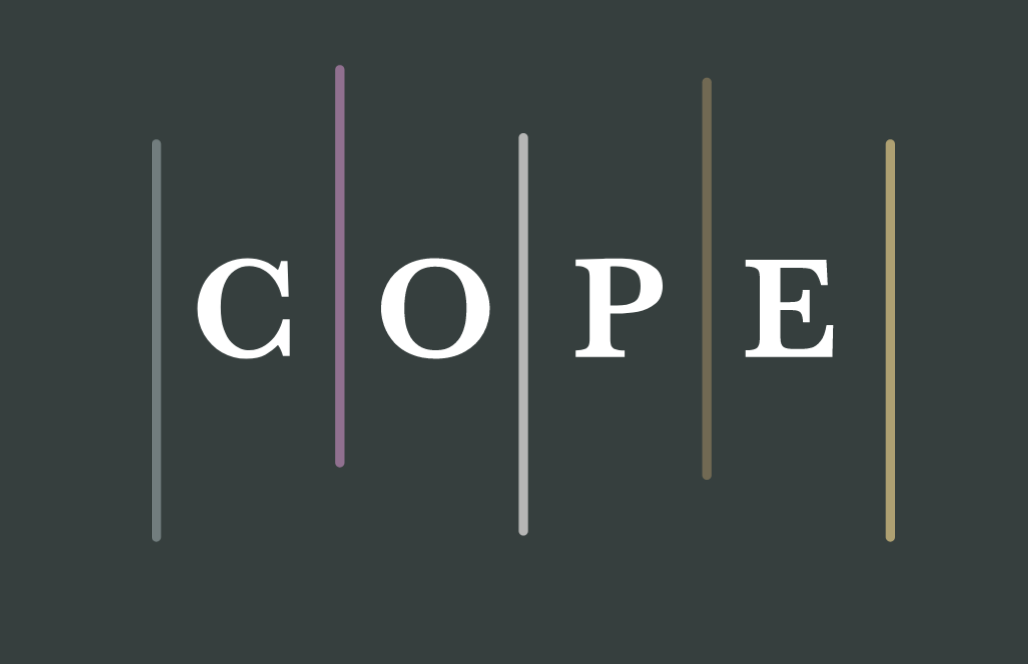Autobiographical gaze through Photography
DOI:
https://doi.org/10.5281/zenodo.7644729Keywords:
Autobiography, Gaze, Artistic PhotographyAbstract
There are numerous photographs that refer to the author himself, to the point that, on many occasions, it is difficult to separate the work and the life of the artist. Due to the mimetic capacity of the technical image and the need for the photographer to be present at the scene, photography has been used as a form of memory, even evidence. We could speak of this form of objective gaze, that of the innocent spectator who accepts this image as true or its opposite, through an active, playful spectator, aware of a possible fallacy. To clarify the shadow of doubt that populates the term autobiographical, I start from the hypothesis that autobiography requires a consensus, an intimacy between the creator and the viewer whose value will always depend on the latter interpretation.
References
Alpers, S. (1987). El arte de describir: el arte holandés en el siglo XVII. Blume.
Brea, J. L. (2010). Las tres eras de la imagen: imagen-materia, film, e-imagen. Akal.
Bryant, M. (1996). Photo-textualities: reading photographs and literature, Newark, Univ. of Delaware Press,
Bright, S. (2010). Autofocus. Monacelli Press.
Deleuze, G. Guattari, Félix. (1977). Rizoma. Pre-textos.
Diego, E. de, (2011). No soy yo: autobiografía, performance y los nuevos espectadores. Siruela,
Galassi, P. (1982). Before photography: painting and the invention of photography, Museum of Modern Art.
Hughes, A. Noble, Andrea. (2003). Intersections of photography and narrative. University of New Mexico Press.
Jay, M. (2003). Regímenes escópicos de la modernidad, Campos de fuerza. Entre la historia intelectual y la crítica cultura, México DF. Paidós.
Kofman, S. (1975). Cámara oscura de la ideología.Taller de Ediciones Josefina Betancor, 1975.
Rabb, J. M. (1995). Literature and Photography: Interactions 1840-1990: A Critical Anthology, University of New Mexico Press.

Published
How to Cite
Issue
Section
License

This work is licensed under a Creative Commons Attribution 4.0 International License.
You are free to:
Share — copy and redistribute the material in any medium or format.
Adapt — remix, transform, and build on the material for any purpose, including commercial.
Attribution — You must properly acknowledge the authorship, provide a link to the license, and indicate if any changes have been made.
You may do so in any reasonable manner, but not in any way that suggests that you endorse or receive any endorsement by the licensor for your use.
No additional restrictions — You may not apply legal terms or technological measures that legally restrict you from doing what the license allows.

